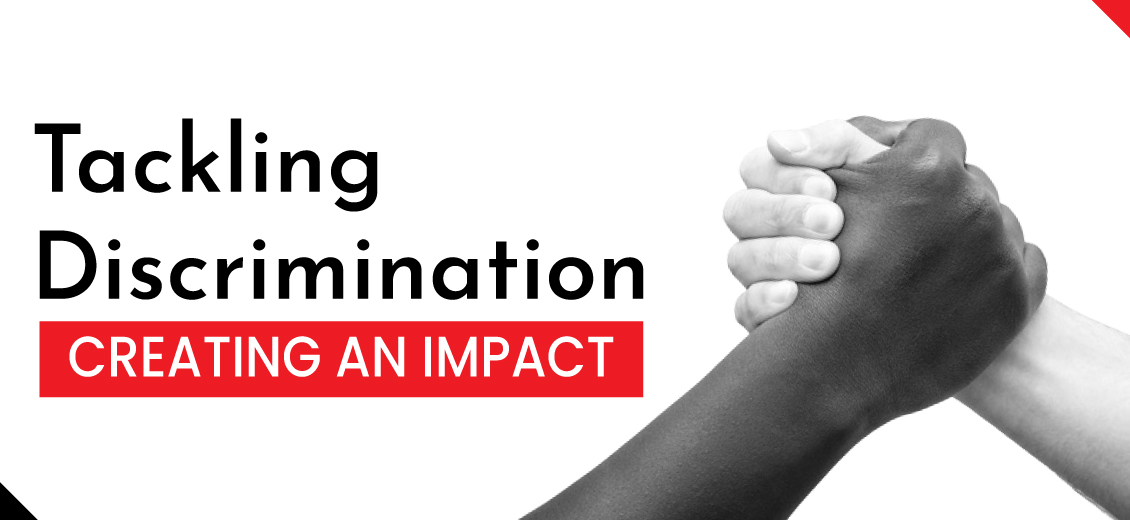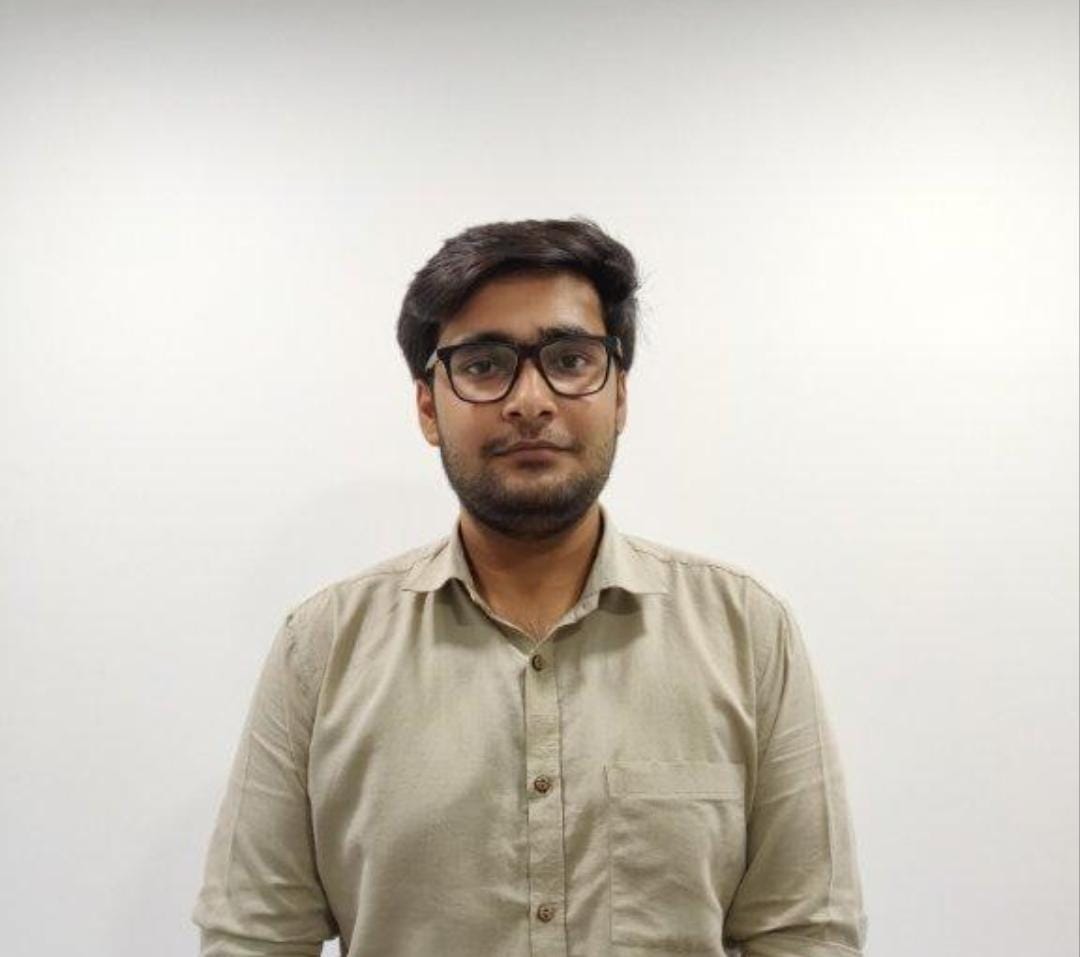Tackling Discrimination: Creating an Impact
Blogs Home
- 02 Mar 2023

Discrimination has been a pervasive issue in India for decades, and it continues to persist in various forms to this day. Whether it's discrimination based on caste, gender, religion, or ethnicity, the effects can be devastating and long-lasting. Discrimination in competitive exams can be based on a variety of factors such as race, gender, ethnicity, religion, socio-economic status, language proficiency, and disability. It can be direct, such as when a person is openly excluded from taking the exam, or indirect, such as when the exam itself or the resources needed to prepare for it are biased against certain groups. In this blog, we'll explore the impact of discrimination and how you can tackle it to create a more inclusive society. We'll also discuss some practical steps that you can take to make a positive difference in your community and beyond.
In recent years, the country has been making some progress towards gender equality. We've seen more women fighting for their rights and demanding better treatment from society as a whole. However, there's still a long way to go before we create an inclusive environment where both boys and girls are given equal opportunities to pursue their dreams without any discrimination based on gender or caste.
Discrimination has been a part of Indian society for centuries
Indian society has discrimination ingrained within it, and this problem is not limited to the country but is a global issue that requires us to confront it directly if we desire progress for our nation as a whole.
Here are some examples of discrimination in society:
- Racism: A person of color is denied a job or promotion due to their race, even though they have the necessary qualifications.
- Ageism: An employer refuses to hire an older worker because they assume they are less productive or won't stay in the job as long as a younger worker.
- Sexism: A woman is paid less than a man for doing the same job or is denied a promotion because of her gender.
- Homophobia: A person is harassed or bullied because of their sexual orientation, whether it be LGBTQ+ or not.
- Religious discrimination: An individual is not hired or promoted because of their religion or is subjected to slurs and harassment based on their faith.
- Ableism: A person with a disability is not given an equal opportunity to participate in an activity or is treated unfairly because of their disability.
These are just a few examples of discrimination in society. Discrimination can take many forms, and it can occur at any level of society, including schools, workplaces, neighborhoods, and government institutions.
Discrimination is not just about gender or race--it can be subtle or overt, intentional or unintentional. It begins with the young girls who are expected to maintain high scores in academics, while boys are allowed to make mistakes. The expectations put on young girls are intense, and they take a toll on your self-esteem. When you're growing up, the message is clear: You must be good at everything. If you're not perfect in every subject, or if someone judges your performance as "less than," then it can feel like there's something wrong with you. You internalize that message and start to believe that there is something wrong with being female--or even being human!
The same thing happens when boys make mistakes or fail at something; they aren't expected to be good at everything all the time either (except maybe sports). This allows them more freedom than girls have when it comes to exploring their interests without feeling judged or pressured by others' expectations of success because those expectations aren't as high for men compared with women.
We need to change this mindset
Discrimination is not a part of our culture, it's not a part of our religion and it's not even written in our Constitution. We have rights as citizens and we have rights as human beings that give us the freedom to live without being discriminated against because of who we are or where we come from.
Discrimination can happen anywhere, but if you think about it, there are certain places where discrimination seems more prevalent than others. For example, workplaces or schools tend to be environments where people feel safe enough to express themselves openly without fear of being judged or discriminated against; these same places can also be the ones where stereotypes take root and grow into something larger than just one person's opinion -instead becoming accepted truths about entire groups of people based on their race/ethnicity/gender identity etcetera.
We need to start working towards creating a more inclusive society that welcomes everyone, irrespective of gender, religion, or caste.
As a society, we need to start working towards creating a more inclusive society that welcomes everyone, irrespective of gender, religion, or caste.
This can only be achieved by ensuring that our education system teaches children from an early age about the importance of diversity and acceptance. We also need to ensure that children are taught about how discrimination impacts society through different mediums such as films and plays so that they understand what it means for people who are discriminated against by others based on their race or religion etc., which will help them develop empathy for these individuals who face discrimination every day in their lives.
How to tackle discrimination and create an impact
Discrimination takes many forms, including racial, religious, caste, gender, and economic discrimination, and it can be challenging to tackle. However, there are steps that can be taken to address this issue and create a positive impact.
- One of the most important ways to tackle discrimination in India is through education. Education can play a vital role in breaking down stereotypes and biases, as well as promoting greater understanding and respect for diverse cultures and perspectives. This can be achieved through formal education in schools and universities, as well as through community-based initiatives that promote cultural exchange and understanding.
- Another important strategy for tackling discrimination in India is the implementation of effective anti-discrimination laws and policies. This includes legislation that prohibits discrimination in areas such as employment, housing, and education, as well as policies that promote diversity and inclusion in public and private institutions. Additionally, it is important to ensure that these laws and policies are effectively enforced, with appropriate penalties for those who engage in discriminatory behavior.
- Creating awareness about discrimination and its impact is also critical. This can be achieved through public awareness campaigns that highlight the negative effects of discrimination on individuals and society as a whole. This includes campaigns that challenge stereotypes, promote diversity, and encourage empathy and understanding.
- Finally, it is important to work towards creating a more inclusive society. This means promoting opportunities for marginalized groups, such as providing equal access to education, healthcare, and job opportunities. It also means creating safe spaces for marginalized communities to express themselves and promoting their representation in positions of power and influence.
Roadblocks to mitigate discrimination
There are several roadblocks that hinder the efforts to mitigate discrimination in India. These include:
- Deep-seated cultural attitudes: India's caste system, which assigns social status based on birth, has been deeply ingrained in Indian society for centuries. This has created a hierarchical system that perpetuates discrimination against marginalized communities such as Dalits, Adivasis, and religious minorities. Changing these deeply ingrained cultural attitudes can be a challenging task.
- Ineffective implementation of laws and policies: While India has several laws and policies in place to protect against discrimination, their implementation is often ineffective. Lack of resources, corruption, and weak enforcement mechanisms contribute to this challenge.
- Limited access to education: Education plays a critical role in promoting understanding and breaking down stereotypes. However, many marginalized communities in India have limited access to education due to poverty, discrimination, and other factors.
- Political polarization: Political polarization in India can also be a roadblock to mitigating discrimination. Sometimes, political parties use divisive issues to appeal to their voter base, leading to further polarization and discrimination against certain communities.
- Lack of representation: Marginalized communities often lack representation in positions of power, including political representation, media, and other institutions. This lack of representation can contribute to a lack of understanding and empathy towards these communities and their experiences.
Addressing these roadblocks requires a sustained effort from all stakeholders, including government, civil society organizations, media, and individuals.
To Conclude
In conclusion, tackling discrimination in India requires a multifaceted approach that includes education, policy change, awareness-raising, and creating a more inclusive society. While there is no quick fix to this complex issue, by working together and taking these steps, we can create a more equitable and just society for all.
Prateek Chatterjee
He is a writer with a passion for breaking down complex subjects and communicating them in a clear and concise way. Whether it's through articles, blog posts, or marketing copy, he loves helping people understand and engage with difficult ideas & notions.
Blogs Home




